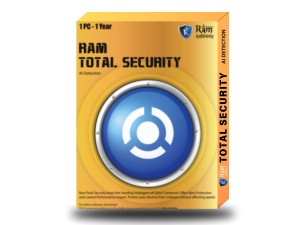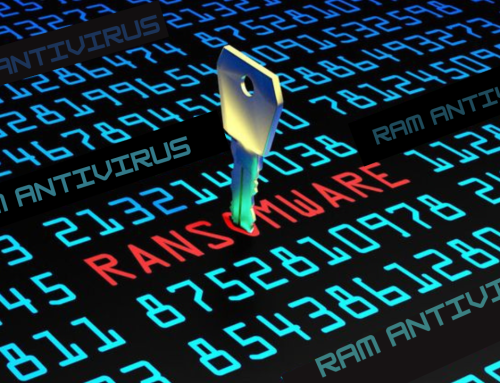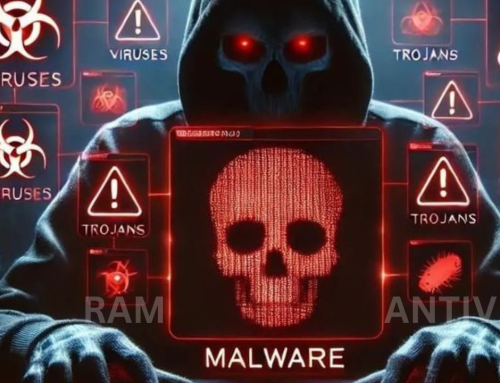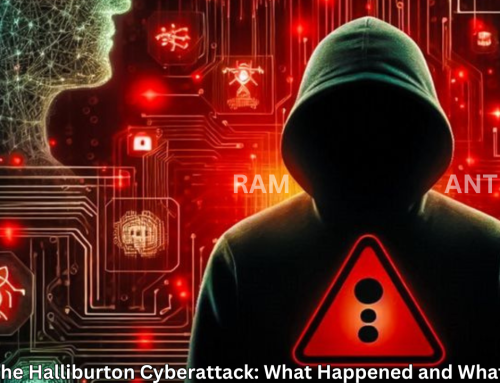“Rising Cyber Threats to India’s Critical Infrastructure”
India’s rapidly digitized critical infrastructure sectors have become increasingly vulnerable to cyber-attacks. And cyber threats in recent years. include government agencies, healthcare, finance, and manufacturing.
Over the last year, a hacking group has leaked records of 7.5 million people with personal data. Recently, the central banking institution in India, the Reserve Bank of India. To decide that increased digitization of the economy presents a big risk to the financial infrastructures in the country. According to the RBI report, there were at least 16 million cybersecurity incidents in finance. Then that needed management from the national CERT team in 2023.
The Hacking Group earlier this year targeted government agencies and energy companies using a trojan called HackBrowserData. The traditional actors, PK and CH, are known for routine. And targeting Indian entities as part of ongoing cyber operations.
In its report, Cloudflare finds that 83% of the organizations surveyed in India reported. So at least one cybersecurity incident within the last year. The same statistics also place India fourth. Vietnam at 94%, New Zealand at 90%, and Hong Kong at 86%. For the Asia-Pacific region.
At the global level, the country has been declared the fifth most breached country. and requires closer attention in cyberspace.
“We need to continue to enhance our cyber security measures. The principal law of cybercrime is the Information Technology Act 2000. This law is now 24 years old and stale and out of touch.”
Notable Events
Transportation Networks: This includes a wide variety of railways and airline services. Recently, an airline was devoid of services and revenues from hundreds of flights. Due to disruption from a ransomware attack and Cyber Threats.
Power Grid Incidence: There have been reports of incidents involving breaches of the grid networks for power. generation in India, with at least some involving foreign state actors.
Telecommunication: The telecommunications sector is the single most important sector in the digital economy. And touched every aspect of the economy of India. and has also been a target of cybercriminal operations.
Government Actions: One such approach or agency created in efforts to help protect key aspects of the country’s infrastructure from Cyber Threats. the National Critical Information Infrastructure Protection Centre is ongoing at present.
Top Threats
Attacks on National Security: Attacks and Cyber Threats on critical infrastructure are essentially debilitating national security, especially if there is a breach in the CCIS sector, which disrupts continuity in services in the daily functioning of key sectors related to defense, communication, and energy.
Disruption of Economic Security: The after-effects of outages can, in turn, cause gigantic collateral losses. For example, The loss of time and productivity from many sectors. This includes vulnerabilities and/or impacts on telecommunication networks. To provide an economic engine for the levels of domestic, government, and e-services. Also including finance and transportation.
Public Safety: From the level of Cyber Threats to infrastructure in the healthcare, water, and transportation sectors, a direct attack is a threat to public safety that can be lost in health emergencies, through environmental threats, or accidents at all levels of severity.
Risk for Data Breaches: The cyber-attacks relatively too easily expose all levels of data, including personally identifiable information, corporate information, and national information intelligence for which there is even a basis for commencement of a crime option such as identity theft or financial fraud, or worse yet, the potential to leak intelligence.
Artificial Intelligence for Good:
Improved Threat Detection: AI-empowered systems can consider hundreds of thousands of data sets all at once in real-time, looking for anomalies and communicating potential security threats long before they become serious.
Automation: Those evil people who are involved in cybercrime businesses can make AI a tool for the automation of cyber threats, just like the way it sends malware. It could also be faster than the defensive mode.
Improved Cyber Incident Response: Along with AI or act as, real-time detection is done and the required details, analyses, and decision-making support improves the response process of an organization during a cyber incident.
Artificial Intelligence for Evil:
Automated Attacks: Cyber-terrorists use AI to allow more sophisticated or automated means to detect and attack. The Cyber Threats of India’s Essential Infrastructure.
Driving Espionage by AI: The intelligence shared among those corporations leads to security threats. AI also ventures into IP breaches that a human can’t do. It fakes deep and inappropriate or atypical links with they are malware. themes grow as a volume mechanism. the
Adaptive Malware: AI creations that become adaptive, specific to the time a channel is open, or as easily provided as malware. Providing themes as a means of volume can also be included.
To Prevent: Cyber-attacks and some focused attacks on critical infrastructure in India
Building and Enforcing Strong Cyber Security Policies: Create and implement sector-specific policies of Windows/Microsoft Security Intelligence, considering international standards, in particular.
Invest in Technology: Employ artificial intelligence and machine learning technologies against the complex nature of the threats.
Establish Cyber Incident Response Teams: Develop teams responsible for cybersecurity incidents that will prevent, recover, and develop recovery plans with them.
Invest in Research and Development: Come up with innovative ways to fight cyber threats; engage universities in providing cybersecurity training.
RAM Antivirus use to help safeguard
RAM Antivirus: It detects and suppresses different types of malware, including ransomware and spyware, which have been in the limelight in these latest attacks against infrastructures.
Real-time Threat Detection: RAM Antivirus round-the-clock monitoring systems and suspicious activities give real-time threat detection to block attacks before damage is cause.
Regular Updates: Virus and security feature definitions are updating regularly to combat the latest types of cyber threats.
Data Protection and Privacy: It offers different capabilities, such as data encryption and secure file deletion, that will keep sensitive information safe from breaches and unauthorized access.
Incident Response Capabilities: RAM Antivirus provides incident response capabilities that enable an organization to mitigate the post-impact of any detected threat in real-time.
To download RAM Antivirus:
Visit the official website, https://ramantivirus.in/ select the version compatible with your operating system, search for the antivirus you want, and click the “Download” button. Once the file downloads. please open it and follow the instructions to complete the installation. After installation, launch RAM Antivirus to begin protecting And Securing your device.











Leave A Comment